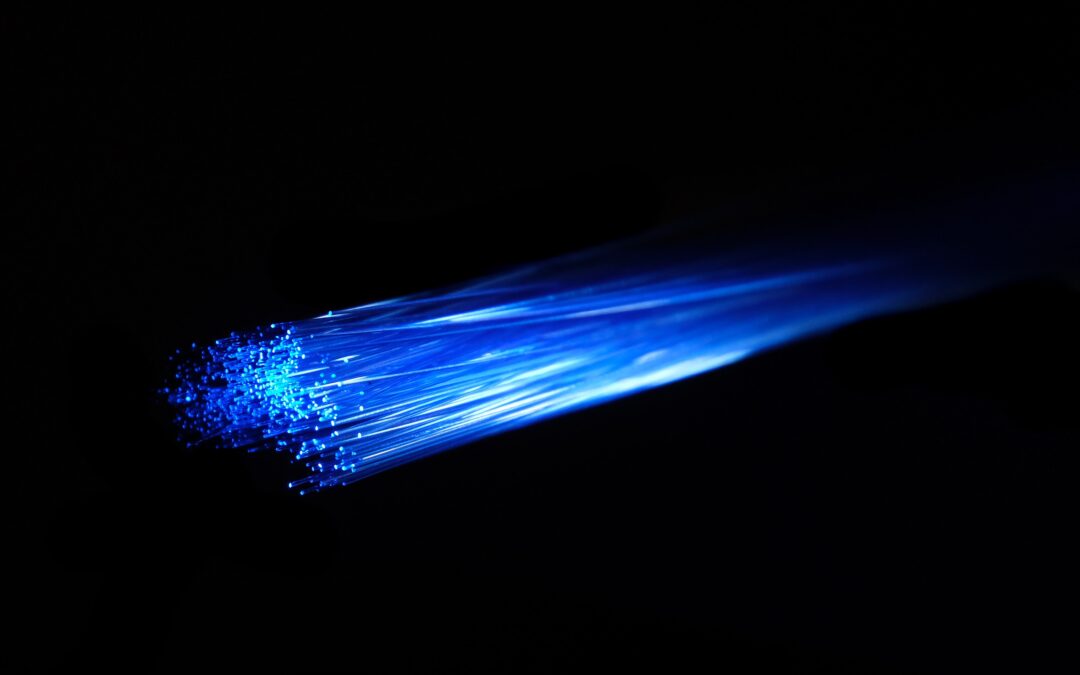One year ago, researchers from the University of Southampton developed a technology that reduces backscatter and allows for more accurate analysis of the optical fiber. In collaboration with Universite Laval, they have managed to measure, what was until now, unidentifiable limits of backscatter from the novel hollow-core fiber.
What is backscatter?
When light is launched in the optical fiber, refraction is propagated back to the source of light. That is backscatter. While useful in detecting where different issues might appear in the cable, backscatter often makes data transfers harder; it negatively affects the data transfer process.
Why does this matter?
The new Nested Antiresonant Nodeless Fibres have been theoretically conceptualized to allow up to 10000 times less backscatter in the optical fiber, making it much more productive than the current ones. While this was true on paper, measuring the actual difference between the two products was unachievable with the current technology.
Universite Laval has managed to bridge that gap and develop a device that can accurately measure the minimal levels of backscatter in the new hollow fibers.
How it can be beneficial?
Optical fiber is used at its fullest capacity. Well, most of the times. New technologies such as 5G, the ever-growing trend of companies digitalising their work and needing high-speed connections, or all the other emerging devices and innovative fields, demand higher and more accurate data transmission over longer distances. The discovery of the hollow fiber and the backscatter measuring device can sustain new, more delicate, and advanced solutions.
We can offer single-mode and multi-mode fiber optic solutions until these discoveries become mainstream and hit the general markets as well 😉 . Please also visit our News page to find out more about the fiber optic industry. You can also subscribe to our services to be immediately notified when new articles come out and to get news about our offers.


